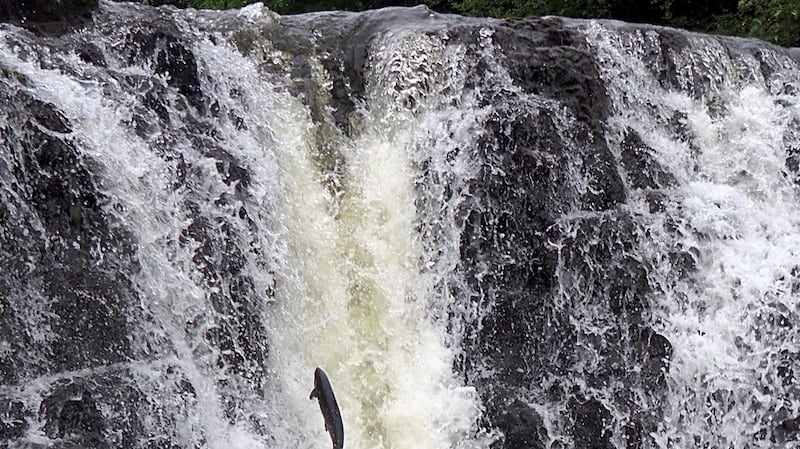Ireland is experiencing a parallel decline in wild salmon as Scotland where numbers caught are at their lowest since records were first compiled, according to chief executive of Inland Fisheries Ireland Dr Ciarán Byrne.
Numbers here peaked in the mid-1970s when about 1.7 million returned. Today returns are estimated at some 200,000. The reported catch is between 28,000 and 30,000, confirmed Dr Byrne, with 8,000 caught commercially and the rest from recreational angling.
“We are deeply concerned about salmon abundance levels,” he said.

Reacting to a Scottish government report published on Monday indicating survival of wild salmon is “at crisis point”, Dr Byrne said the same factors are affecting populations in Ireland – mortality at sea, climate change including rising water temperatures and sea lice arising from fish farming.
The easy answer would be to blame sea lice and fish farming which can be significant factors in a particular year, but the reality is more complex.
The biggest overriding problem is “marine mortalities”, which have reached 96 per cent. For every 100 salmon smolts leaving Irish rivers up to 30 used return to spawn. In recent years that figure was “just three or four”.
Marine survival peaked in or around 1986, with approximately 31 of every 100 which set out on the perilous journey from an Irish river to the Atlantic.

Dr Byrne said it is likely that changes in ocean temperatures, food availability and predators are also having a dramatic effect. But such factors are largely uncontrollable, he said.
Last summer’s heatwave meant salmon were waiting to go to sea in temperatures of up to 22 degrees, he said, while higher temperatures at sea were “giving sea lice a head start”.
There has been no fall in the number of juvenile salmon leaving Irish waters; “it’s just that very few make it back. Most of the problems are out at sea.”
Natural weather and sea temperature patterns globally are having an impact.














